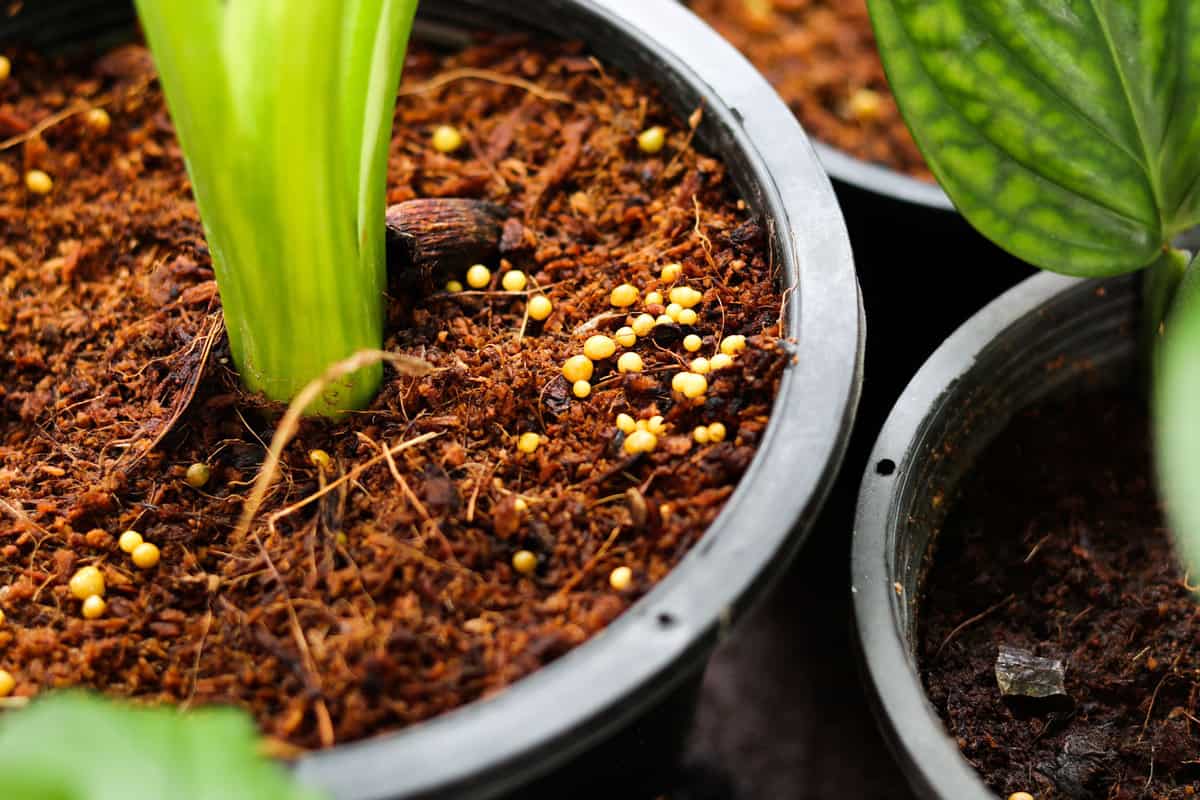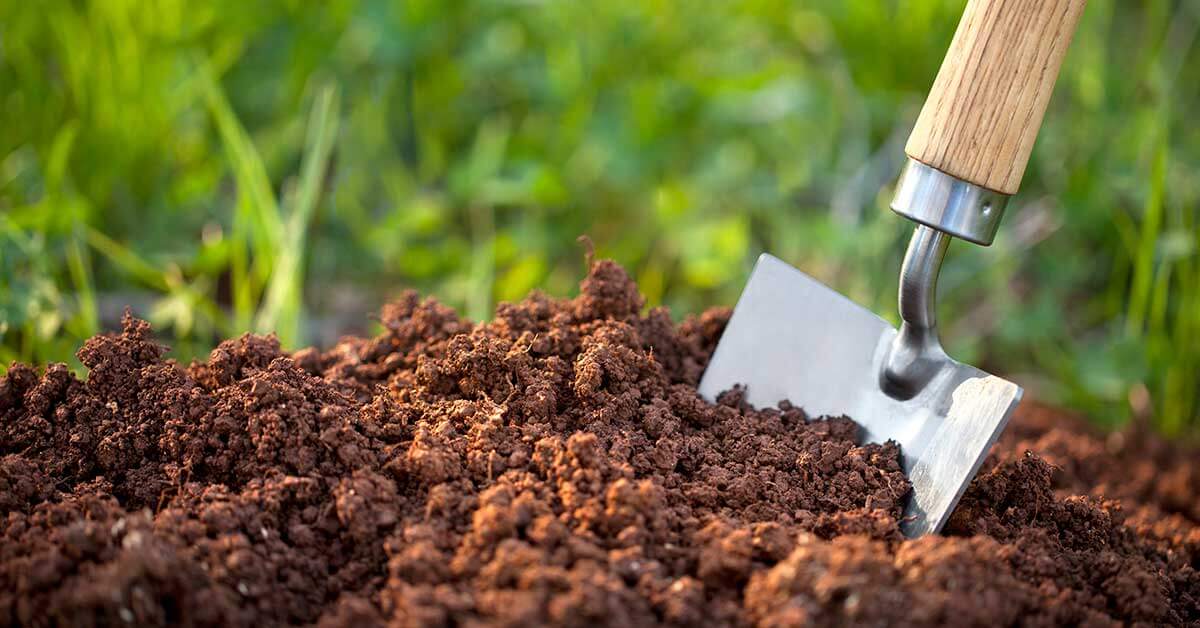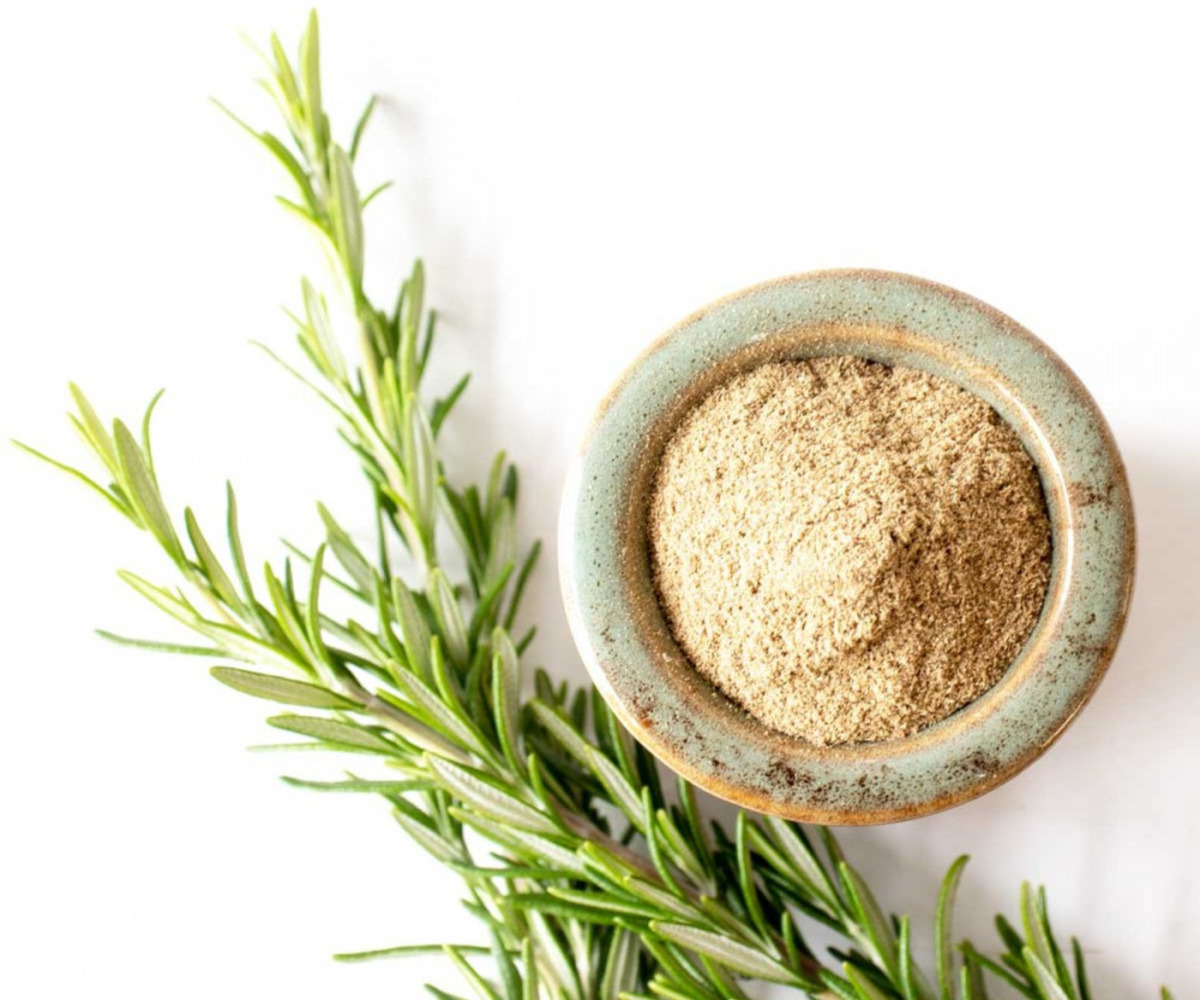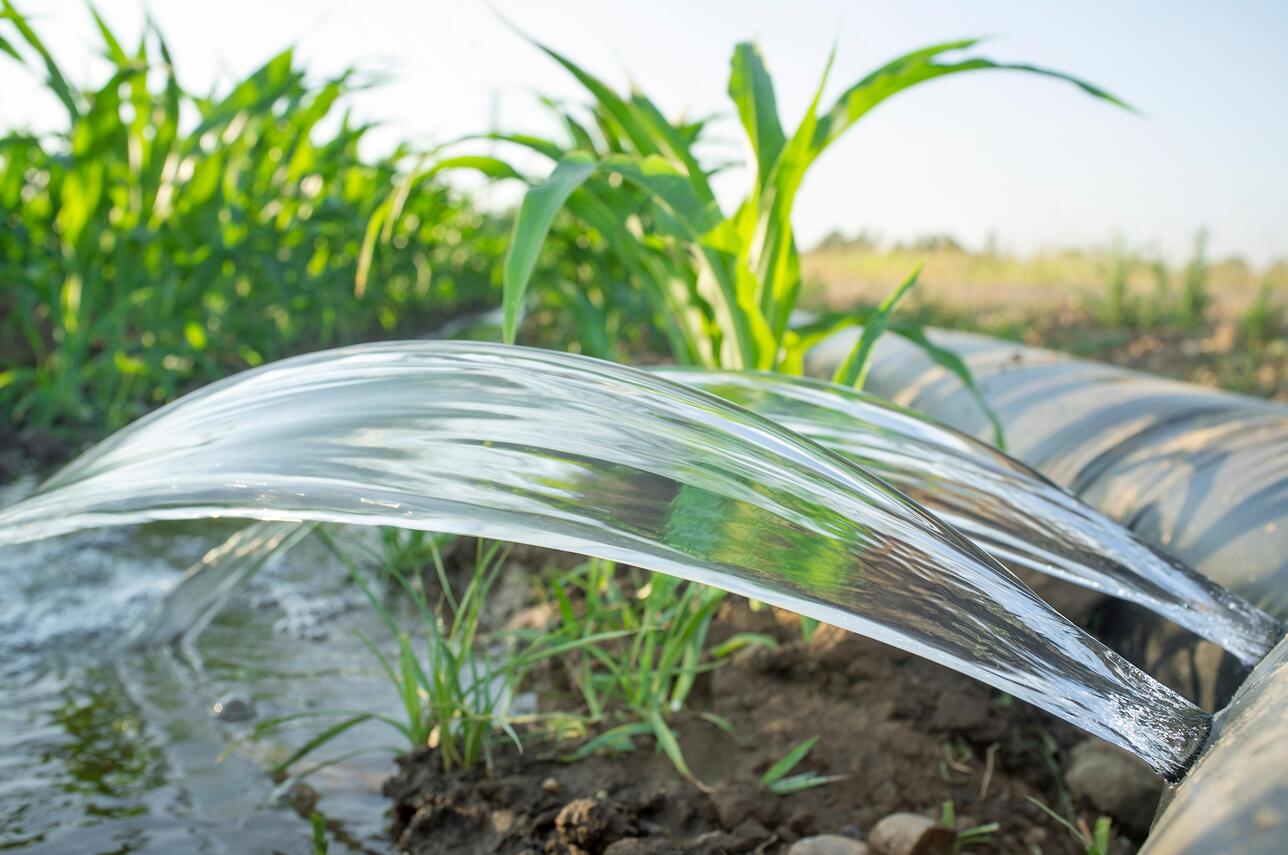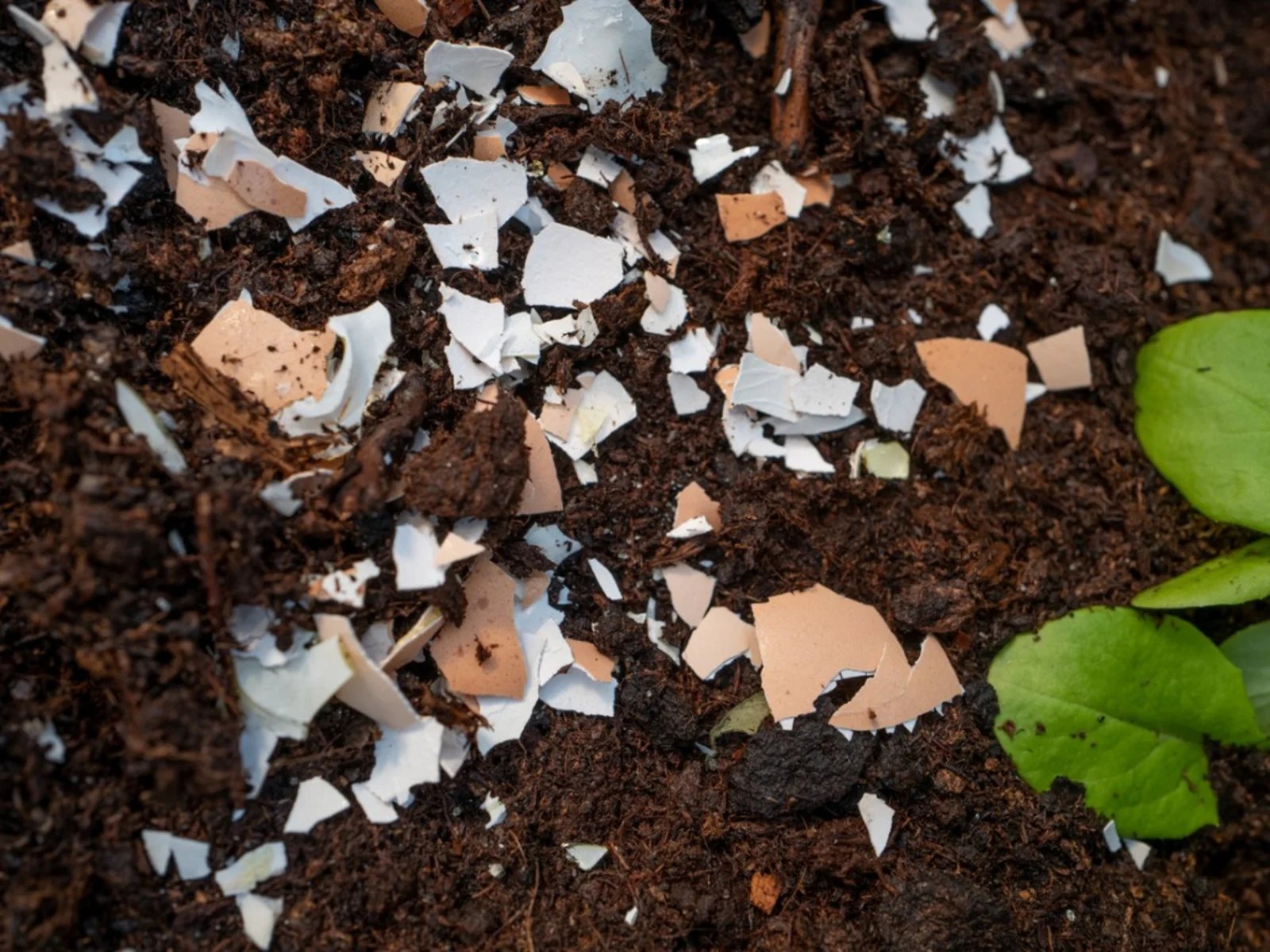Home>Gardening Basics>Tools and Equipment>How To Use Irrigation Flooring Portia


Tools and Equipment
How To Use Irrigation Flooring Portia
Published: November 16, 2023
Learn how to effectively use irrigation flooring tools and equipment in Portia to improve your farming productivity. Get expert tips and techniques now!
(Many of the links in this article redirect to a specific reviewed product. Your purchase of these products through affiliate links helps to generate commission for Chicagolandgardening.com, at no extra cost. Learn more)
Table of Contents
- Introduction
- Understanding Irrigation Flooring Portia
- Assessing Water Needs
- Choosing the Right Irrigation System
- Preparing for Installation
- Installing the Irrigation Flooring Portia
- Setting up the Water Supply
- Adjusting Water Flow and Pressure
- Monitoring and Maintaining the Irrigation System
- Troubleshooting Common Issues
- Conclusion
Introduction
Welcome to the world of irrigation flooring Portia! If you’re a gardening enthusiast or a homeowner interested in maintaining a lush and thriving lawn, then understanding how to use an irrigation flooring system is essential. Whether you have a small backyard garden or a sprawling landscape, irrigation flooring Portia can make watering your plants easier, more efficient, and more economical.
Irrigation flooring Portia is a system that allows for targeted and controlled water distribution to your plants’ roots. Instead of relying on manual watering methods like hand-held hoses or sprinklers, irrigation flooring Portia ensures that water is delivered directly to the root zone, minimizing evaporation and reducing water waste. This not only helps conserve water but also promotes healthier plant growth by providing consistent moisture levels and minimizing the risk of over or under watering.
In this article, we will walk you through the process of using irrigation flooring Portia, from understanding your water needs to selecting the right system and maintaining it for optimal performance. Whether you are a novice or experienced gardener, this guide will provide valuable insights and practical tips to help you set up and make the most out of your irrigation flooring Portia.
So, grab your gardening gloves and get ready to embark on a journey towards efficient and effective plant watering. Let’s dive in and discover the wonders of irrigation flooring Portia!
Understanding Irrigation Flooring Portia
Irrigation flooring Portia is a revolutionary system that brings convenience and efficiency to your plant watering routine. It consists of a network of underground pipes with strategically placed outlets that deliver water directly to the plant roots. Let’s take a closer look at the key components and benefits of irrigation flooring Portia.
The main component of the irrigation flooring Portia system is the flooring. This is typically made of porous materials, such as gravel or plastic panels, that allow water to pass through and reach the plants’ roots. The flooring is installed at ground level, blending seamlessly with the surrounding landscape.
One of the major benefits of irrigation flooring Portia is water conservation. This system significantly reduces water wastage as it delivers water directly to the roots, minimizing evaporation and runoff. With traditional watering methods, a significant amount of water is lost to evaporation before it can penetrate the soil and reach the plants. The irrigation flooring Portia ensures that every drop of water is utilized effectively, leading to substantial water savings in the long run.
Another advantage of irrigation flooring Portia is improved plant health. By delivering water directly to the roots, the system ensures that the plants receive consistent moisture levels. This helps prevent overwatering or underwatering, which can both be detrimental to plant health. With irrigation flooring Portia, you can provide the optimal amount of water to your plants, promoting their growth and vitality.
In addition to water conservation and plant health benefits, irrigation flooring Portia also offers convenience and time-saving advantages. Once installed, the system operates on a predetermined schedule, reducing the need for manual watering. This is particularly beneficial for homeowners who have busy schedules or frequently travel. With irrigation flooring Portia, you can rest assured that your plants are receiving the water they need, even when you are away.
Furthermore, irrigation flooring Portia can also contribute to a visually appealing landscape. Unlike traditional sprinkler systems that can leave unsightly water stains or create uneven watering patterns, irrigation flooring Portia provides a discreet and efficient watering solution. The water is distributed evenly throughout the flooring, ensuring that every plant receives the same amount of water. This results in a lush and healthy garden that will be the envy of your neighbors.
Now that we have a better understanding of irrigation flooring Portia and its numerous benefits, let’s proceed to the next step: assessing your water needs.
Assessing Water Needs
Before you can effectively use an irrigation flooring Portia system, it is important to accurately assess your water needs. Determining the water requirements of your plants will help you choose the right system and optimize its performance. Here are some key factors to consider when assessing your water needs:
- Plant Types: Different plants have varying water requirements. Consider the types of plants in your garden and research their specific needs. Some plants, such as succulents or cacti, require minimal watering, while others, like leafy greens or flowers, may require more frequent watering.
- Climate and Weather Conditions: The climate and weather patterns in your region will affect your plants’ water needs. If you live in a hot and dry climate, your plants may require more water compared to those in a cooler and more humid environment.
- Soil Type and Drainage: The type of soil in your garden plays a role in water retention. Sandy soils drain water quickly, requiring more frequent watering, while clay soils retain water for longer periods. Understanding your soil type will help you determine the watering frequency and amount.
- Garden Size: Consider the size of your garden and the number of plants you have. Larger gardens with a variety of plants may require a more complex irrigation system with multiple outlets and zones, while smaller gardens may only need a simpler setup.
- Water Source: Evaluate your available water source. If you have access to a well or a municipal water supply, you can calculate the volume of water available for irrigation. This will help you determine the capacity and flow rate needed for your irrigation flooring Portia system.
Once you have assessed your water needs based on these factors, you will have a better understanding of the requirements for your irrigation flooring Portia system. This information will be valuable in choosing the right system, determining the number and spacing of outlets, and setting up an efficient watering schedule.
In the next section, we will delve into selecting the right irrigation system for your needs.
Choosing the Right Irrigation System
When it comes to choosing the right irrigation system for your needs, there are several factors to consider. Each system has its own advantages and limitations, and selecting the appropriate one will ensure optimal water distribution and plant health. Here are a few irrigation systems commonly used with irrigation flooring Portia:
- Drip Irrigation: Drip irrigation is a popular choice for its efficiency and precision. This system delivers water directly to the plant roots through a network of tubes and emitters. It allows for precise control over water volume and distribution, making it suitable for a wide range of plants. Drip irrigation can be easily integrated with irrigation flooring Portia by connecting the tubes to the outlets in the flooring.
- Sprinkler Irrigation: Sprinkler irrigation is widely used for large areas or lawns. It consists of overhead sprinklers that spray water over a designated area. While it may not provide as precise watering as drip irrigation, it is suitable for plants that prefer overhead watering or for areas where foliage needs to be rinsed. Sprinkler systems can be modified to work with irrigation flooring Portia by connecting the sprinkler heads to the outlets in the flooring.
- Micro-Spray Irrigation: Micro-spray irrigation is similar to sprinkler irrigation but is designed for smaller areas. It uses low-pressure sprayers to water plants with a gentle and consistent spray. Micro-spray systems can be customized to work with irrigation flooring Portia by attaching the sprayers to the outlets in the flooring.
- Soaker Hoses: Soaker hoses are porous hoses that slowly release water along their length. They provide gentle and consistent watering to plant roots. Soaker hoses can be installed within the flooring or placed on the surface, depending on your preference.
When selecting the right irrigation system for your needs, consider factors such as your water requirements, garden size, and personal preferences. Assess the pros and cons of each system and choose the one that best suits your plants and overall landscaping goals.
Additionally, it’s important to ensure that the irrigation system you choose is compatible with the irrigation flooring Portia. Check for connections and adapters that allow for seamless integration between the system and the flooring.
Once you have chosen the appropriate irrigation system, you can proceed to the next steps: preparing for installation and installing the irrigation flooring Portia.
Preparing for Installation
Before installing the irrigation flooring Portia, proper preparation is crucial to ensure a successful and efficient system. Here are the key steps to take when preparing for installation:
- Map Out Your Garden: Start by mapping out your garden and identifying the areas where you want to install the irrigation flooring Portia. Determine the layout and spacing of the outlets based on your plant placement and watering needs. This will help you estimate the quantity of materials required.
- Clear the Area: Clear the designated area of debris, rocks, and any obstructions that may impede the installation process or affect the performance of the system. Remove any existing grass, shrubs, or plants that may interfere with the installation of the flooring.
- Prepare the Soil: Ensure that the soil is adequately prepared for the installation of the irrigation flooring Portia. Loosen the soil and remove any weeds or roots that may obstruct the flow of water. Level the ground to facilitate proper water distribution.
- Measure and Cut the Flooring: Measure the dimensions of the area where you will lay the flooring and cut the material accordingly. Leave enough space for expansion and contraction, especially if you are using plastic panels. Trim the flooring to fit around obstacles like trees or existing structures.
- Lay the Flooring: Lay the irrigation flooring Portia according to your planned layout. Ensure that the outlets are properly aligned and positioned for efficient water distribution. Secure the edges of the flooring to prevent shifting or movement.
- Connect the Outlets: Connect the outlets of the irrigation flooring Portia to the chosen irrigation system. This may involve attaching tubes, hoses, or adaptors to ensure a secure connection. Test the flow of water to verify that the outlets are functioning as intended.
- Backfill and Cover: Once the flooring and outlets are in place, backfill the area with soil, ensuring that the flooring is covered. This will protect the system and provide a smooth surface for your garden. Tamp down the soil to secure the flooring and prevent tripping hazards.
It is important to follow the manufacturer’s instructions and guidelines specific to your irrigation flooring Portia and chosen system during the preparation and installation process. These steps will help ensure a smooth installation and efficient operation of your irrigation system.
With the preparation complete, you are now ready to move on to the next stage: setting up the water supply for your irrigation flooring Portia.
Installing the Irrigation Flooring Portia
Installing the irrigation flooring Portia involves precise and careful execution to ensure optimal water distribution and overall system performance. Follow these steps to install the irrigation flooring Portia:
- Turn off the Water Supply: Before beginning the installation, make sure to turn off the water supply to prevent any accidental water flow.
- Prepare the Outlets: If necessary, attach any fittings, adapters, or connectors to the outlets of the irrigation flooring Portia. Ensure that they are securely fastened and leak-proof.
- Lay the Main Supply Line: Begin by laying the main supply line from the water source to the starting point of the irrigation flooring Portia. This line will deliver water to the system.
- Connect the Main Line to the Outlets: Attach the main line to the outlets of the irrigation flooring Portia, ensuring a secure connection. Use clamps or fittings to minimize the risk of leakage.
- Bury the Supply Line: Carefully bury the main supply line in the ground, ensuring that it is appropriately positioned and protected. This will prevent accidental damage and tripping hazards.
- Secure the Flooring: Use stakes or fasteners to secure the irrigation flooring Portia to the ground. This will prevent shifting or movement during water flow.
- Check for Leaks: Turn on the water supply and check for any leaks or malfunctions in the system. Inspect all connections and outlets for proper water distribution.
- Adjust the Outlets: Depending on the type of irrigation flooring Portia, you may have the option to adjust the outlets to control water flow or direction. Follow the manufacturer’s instructions to make any necessary adjustments.
- Test the System: Once all the connections are secure and the outlets are in the desired positions, test the system by running water through it. Observe the water flow and make any additional adjustments as needed.
It is essential to pay close attention to the installation process and ensure that all components are properly connected and sealed. This will help prevent water wastage, ensure efficient watering, and extend the lifespan of the irrigation flooring Portia system.
With the irrigation flooring Portia successfully installed, it’s time to move on to the next step: setting up the water supply for your system.
Setting up the Water Supply
Setting up the water supply is a critical step in ensuring the proper functioning of your irrigation flooring Portia system. Here’s what you need to do to set up the water supply:
- Check the Water Source: Determine the water source for your irrigation system. It could be a well, a municipal water supply, or a rainwater harvesting system. Ensure that the water source can provide an adequate and consistent supply.
- Install a Backflow Preventer: Install a backflow preventer to ensure that contaminated water does not flow back into the main water supply. This is essential to protect the drinking water source from potential contamination.
- Connect the Main Water Supply Line: Connect the main water supply line to the irrigation system. This line will deliver water from the source to the irrigation flooring Portia.
- Install a Pressure Regulator: Install a pressure regulator in the main water supply line to control and maintain the desired water pressure. This will prevent any damage to the irrigation system due to excessive pressure.
- Add a Filter: Install a filter in the water supply line to remove any debris or sediment that could clog the irrigation system. This will help maintain optimal water flow and prevent nozzle blockages.
- Connect a Timer or Controller: Install a timer or controller to automate the watering schedule. This will allow you to set specific times and durations for watering, ensuring consistency and efficiency.
- Program the Timer or Controller: Program the timer or controller according to your watering needs. Consider factors such as plant water requirements, climate conditions, and local water restrictions when setting the watering schedule.
- Test the Water Flow: Once the water supply is set up, turn on the system and test the water flow. Check for any leaks, ensure that water is reaching all outlets of the irrigation flooring Portia, and make any necessary adjustments to the pressure or timer settings.
It is important to regularly inspect and maintain the water supply components to ensure their proper functioning. This includes checking for leaks, cleaning or replacing filters as needed, and adjusting the pressure or watering schedule as necessary.
With the water supply set up, you’re now ready to move on to the next step: adjusting water flow and pressure for optimal performance.
Adjusting Water Flow and Pressure
Once the water supply is connected to your irrigation flooring Portia system, it’s important to make adjustments to the water flow and pressure for optimal performance. Here are the steps to follow:
- Start with Low Flow: Begin by setting the water flow at a low rate. This will allow you to observe the water distribution and make adjustments as necessary without overwhelming the system.
- Observe Water Distribution: Turn on the water supply and observe how the water is distributed through the outlets of the irrigation flooring Portia. Check for any uneven or insufficient water flow to different areas of your garden.
- Adjust Outlet Openings: If you notice any areas receiving too much or too little water, you can adjust the individual outlet openings. This can be done by turning the knobs or adjusting the valves associated with each outlet.
- Monitor and Fine-tune: Keep a close eye on the water distribution as your plants grow and as weather conditions change. Fine-tune the outlet openings as needed to ensure that all plants receive adequate water without any overwatering or underwatering.
- Check for Pressure Issues: Monitor the water pressure in the system. Low pressure may result in inadequate water distribution, while high pressure can lead to nozzle or outlet damage. Adjust the pressure regulator accordingly to maintain the optimal pressure for your irrigation system.
- Consider Watering Duration: Evaluate the duration of watering based on the water needs of your plants and the soil’s ability to absorb water. In some cases, a longer watering duration with a lower flow rate may be more effective than a shorter duration with a higher flow rate. Adjust the timer settings accordingly.
- Observe Plant Health: Monitor the health and growth of your plants after making adjustments to the water flow and pressure. Healthy plants with thriving growth indicate that you have achieved an optimal watering balance.
It is important to regularly check and adjust the water flow and pressure as needed. Factors such as weather conditions, plant growth, and soil moisture levels may require periodic adjustments to ensure efficient water distribution and promote the health of your plants.
With the water flow and pressure adjusted, you can move on to the next step: monitoring and maintaining your irrigation flooring Portia system.
Monitoring and Maintaining the Irrigation System
Regular monitoring and maintenance of your irrigation flooring Portia system are essential to ensure its optimal performance and longevity. By following these steps, you can keep your system in excellent working condition:
- Inspect the System: Regularly inspect all components of the irrigation flooring Portia system, including the flooring, outlets, connections, and water supply lines. Look for any signs of damage, leaks, or blockages that may affect the water distribution.
- Clean the Outlets: Clear any debris or sediment that may accumulate in the outlets. Use a soft brush or cloth to gently clean the openings, ensuring proper water flow and preventing clogs.
- Check for Leaks: Regularly check for any leaks in the system, both on the irrigation flooring Portia and the water supply lines. Repair any leaks promptly to prevent water waste and potential damage to the system.
- Adjust Outlet Positions: Monitor the growth of your plants and adjust the outlet positions as needed. As plants grow, they may require water in different areas. Move the outlets or add additional outlets to ensure even water distribution.
- Monitor Water Consumption: Keep track of your water consumption and compare it to your plant’s needs. If you notice excessive water usage or high water bills, double-check for leaks and adjust the watering schedule or flow rate accordingly.
- Regularly Clean Filters: If your irrigation system has filters, clean or replace them regularly to maintain optimal water flow and prevent clogs. Follow the manufacturer’s instructions for proper filter maintenance.
- Adjust the Timer: Adjust the timer or controller settings based on seasonal changes and weather conditions. Increase or decrease the watering duration as needed to ensure adequate moisture for your plants.
- Winterize the System: If you live in a region with freezing temperatures, take necessary steps to winterize the system. Drain the water from the irrigation flooring Portia and disconnect or insulate any exposed pipes or components to prevent damage.
- Regular System Flush: Periodically flush out the irrigation system to remove any buildup or sediment that could clog the outlets. This will help maintain optimal water flow and prevent blockages.
By implementing regular monitoring and maintenance practices, you can ensure that your irrigation flooring Portia system operates efficiently, conserves water, and promotes healthy plant growth. Taking proactive measures will also help detect and address any issues promptly, preventing costly repairs and ensuring a vibrant and thriving garden.
In case of any issues or concerns, consult the manufacturer’s guidelines or seek professional assistance for troubleshooting and repairs.
With proper monitoring and maintenance, your irrigation flooring Portia system will continue to provide efficient and effective watering for years to come.
Troubleshooting Common Issues
Although irrigation flooring Portia systems are designed to provide efficient and reliable watering, you may encounter occasional issues that require troubleshooting. Here are some common issues you may face and how to address them:
- Uneven Water Distribution: If you notice that certain areas of your garden are receiving more or less water than others, check the outlet positions. Adjust them as needed to ensure even water distribution. You may also need to clean the outlets to remove any obstructions.
- Low Water Pressure: Low water pressure can result in inadequate water flow through the outlets. Check the pressure regulator to ensure it is set properly. If the pressure is still low, you may need to check for clogs or leaks in the system or adjust the main water supply.
- Leaks: If you notice any leaks in the system, promptly repair them to prevent water waste and damage. Inspect all connections and fittings, and replace any damaged or worn-out components. Ensure that all connections are tight and properly sealed.
- Clogged Outlets: Over time, outlets may become clogged with debris or sediment, resulting in reduced water flow. Clean the outlets using a soft brush or cloth to remove any blockages. If the problem persists, consider installing filters to prevent further clogging.
- Malfunctioning Timer: If your irrigation system is controlled by a timer or controller, check that it is functioning correctly. Ensure that the schedule and timing are set correctly. If the timer is not functioning properly, replace the batteries or consult the manufacturer’s instructions for troubleshooting steps.
- Excessive Water Usage: If you notice abnormally high water usage, it may indicate a leak, an issue with the timer programming, or an inefficient watering schedule. Check for leaks in the system, review and adjust the timer settings, and ensure that the watering duration and frequency align with your plants’ water needs.
- System Blockages: If you experience a complete blockage or lack of water flow through the outlets, check the main supply line, filters, and individual outlets for clogs or obstructions. Clean or replace filters as needed, and ensure that the main supply line is clear of any debris or sediment.
- Poor Plant Health: If your plants are showing signs of stress or poor health, it may indicate an issue with the irrigation system. Review the watering schedule and adjust as needed to provide adequate moisture to the plants. Conduct a thorough inspection of the system to ensure proper water distribution.
If you encounter persistent issues with your irrigation flooring Portia system that you are unable to resolve, consider consulting a professional or contacting the manufacturer for assistance. They can provide guidance and solutions specific to your system’s model and configuration. Taking prompt action to address issues will help keep your irrigation flooring Portia system operating efficiently and your plants thriving.
With troubleshooting knowledge in hand, you can confidently maintain your irrigation system and achieve optimal results in your garden.
Conclusion
Congratulations! You are now equipped with the knowledge and understanding to effectively use and maintain an irrigation flooring Portia system. By following the steps outlined in this guide, you can optimize your plant watering routine, conserve water, and promote healthier plant growth.
Remember to assess your water needs, choose the right irrigation system, prepare for installation, and install the irrigation flooring Portia with care. Set up the water supply, adjust water flow and pressure, and regularly monitor and maintain the system to ensure efficient operation. Troubleshoot any common issues that may arise along the way and seek professional help when necessary.
An irrigation flooring Portia system offers numerous benefits, including water conservation, improved plant health, convenience, and a visually appealing landscape. With this system in place, you can enjoy a beautiful and thriving garden while minimizing water wastage.
Keep in mind that each garden is unique, and it may take some time and adjustments to find the perfect watering balance for your plants. Regular monitoring, maintenance, and fine-tuning will help you achieve the best results.
So, get ready to bid farewell to manual watering and embrace the efficiency and convenience of an irrigation flooring Portia system. Enjoy the rewards of a lush and vibrant garden, while knowing that you are being mindful of the environment and conserving water.
Happy gardening!
